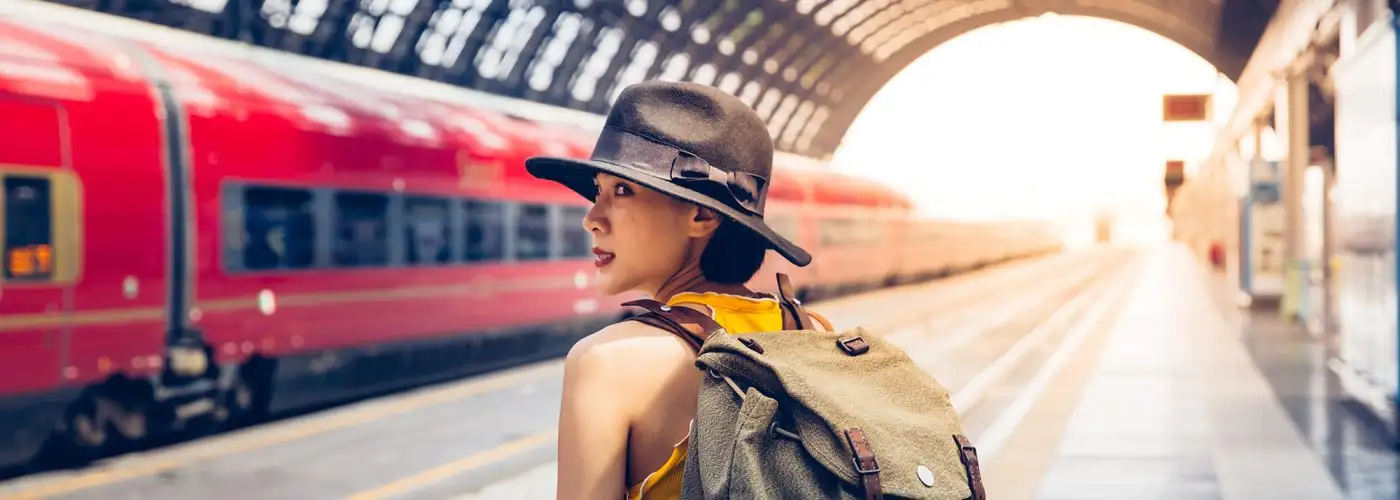Overall, travel in 2019 will be a lot like it was in 2018 for most travelers. But a little change is inevitable, so you will see some new and emerging trends that could reshape both the industry and your travel experience. Here’s my take on the top four travel trends for 2019.
Overtourism
Pretty much everyone in the business is hitting on overtourism as a key issue for 2019 and beyond, but raising the problem and fixing it are two very different propositions. By now we know the basics: Too many people crowding iconic destinations for those destinations to handle, degrading the experience for both visitors and residents.
The central issue here is that the most impacted destinations are unique, so a “go somewhere else” solution doesn’t work. There are no substitutes for Yosemite, Venice, Santorini, the Taj Mahal, Angkor Wat, and others. The only way to limit visitation is either raise the price (admissions, hotel taxes, and similar) or limit access by some combination of reservations and long queues.
It’s not clear that pricing would work: Would a fee even as high as the currently authorized $11 per person be enough to keep cruisers on their ships during a Venice stop? Any approach would be difficult to implement and entail unwanted social consequences. And rapidly increasing Chinese tourism will intensify pressure on key resources everywhere.
My take is that, in 2019, you’ll see Venice and other venues enact visitor taxes/fees/limits. The initial focus will be on cruise visitors, who fill up destinations but leave relatively little money there. You’ll probably see some experiments at other visitor magnets, too. But full implementation of any substantial efforts will take years, so you will see only a few big changes in 2019.
To avoid the worst overtourism problems, you can go somewhere else, go at some less crowded time, pay more, wait longer, or all of the above. But at any blockbuster destination, you can expect both higher prices and larger crowds.
Big Tech
All industry segments will install new hardware and software technologies at an accelerating pace, both to improve customer satisfaction and to reduce costs. Facial recognition software is now apparently robust enough to process airline passengers, cruisers, train travelers, hotel guests, and others, easing the burdens of lengthy check-in lines and repetitive documentation presentation. RFID and other techniques allow real-time tracking of checked baggage. Transactions of all sorts can be handled by smart-device apps: As far as I can tell, smart-device transactions are now the norm in China.
Although not new, these and other technologies will make increasing headway in 2019. But it will be headway, not overhaul. Widespread mega-system integration takes longer.
The main takeaway for travelers is that you’ll be at an increasing disadvantage if you don’t have—and master the use of—smartphones, automated check-in machines, and other increasingly common technology. Even dedicated Luddites need to get with it.
Big Data
Industry suppliers in all segments will look to intensive data mining and improved analytics, ostensibly to tailor your travel arrangements more closely to your likes and preferences, but actually to sell you more of whatever they’re selling. Many approaches will be sufficiently complex and comprehensive to be called “artificial intelligence.” You know that airlines, banks and credit card issuers, search engines, online retailers, and others possess an incredible amount of detailed information on your travels, purchases, and preferences. Mining these huge data banks can allow a supplier to select destinations, dates, airlines, accommodations, and a whole bunch of preferences to offer you—maybe combined into a single-price bundle.
Some travelers will welcome suggestions about what they’ll like and what they should buy; others will find those suggestions annoying or invasive. Either way, however, you’ll have a tougher time trying to determine which combination of options is actually your best deal.
Big Hype
Whatever your interest, outfits vying for your business will slather their offerings with a thick and impenetrable layer of hype.
Here’s just one example: At the latest Consumer Electronics Show, Ed Bastian, CEO of Delta, claimed the airline’s objective was to make travel “magical.” The accompanying presentation showed travelers effortlessly passing through airport, baggage, and boarding processes, being recognized personally by flight attendants, and being offered their “favorite” wine (to be paid for, of course, in coach). What the presentation did not show was the core element of the Delta experience: being stuck for hours in a seat that isn’t big enough to accommodate anyone comfortably. And nobody has enough “magic” to make that seat any better.
In the hotel business, the big chains extol their many “lifestyle” brands. But for the most part, the basic O+H=L equation holds: Ordinary plus hype equals lifestyle.
A consultant friend once remarked that his job was secure because “the market for BS is insatiable.” Maybe true, but you don’t have to buy it.
More from SmarterTravel:
- The 12 Best Places to Travel in 2019
- 9 Trending Travel Destinations for 2019
- The 10 Best U.S. Cities to Visit in 2019
We hand-pick everything we recommend and select items through testing and reviews. Some products are sent to us free of charge with no incentive to offer a favorable review. We offer our unbiased opinions and do not accept compensation to review products. All items are in stock and prices are accurate at the time of publication. If you buy something through our links, we may earn a commission.
Related
Top Fares From
Today's Top Travel Deals
Brought to you by ShermansTravel
Ireland: 9-Night Dublin, Kilkenny, Killarney, Galway...
Brendan Vacations
 vacation
$3875+
vacation
$3875+
Amsterdam to Copenhagen: Luxe, 18-Night Northern...
Regent Seven Seas Cruises



Ohio: Daily Car Rentals from Cincinnati
85OFF.com






